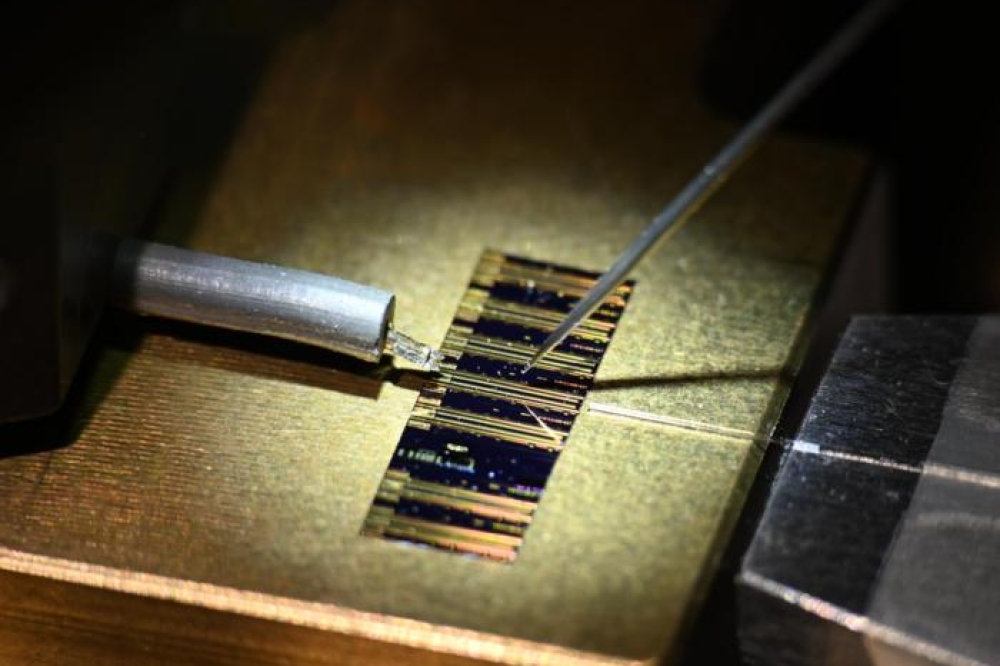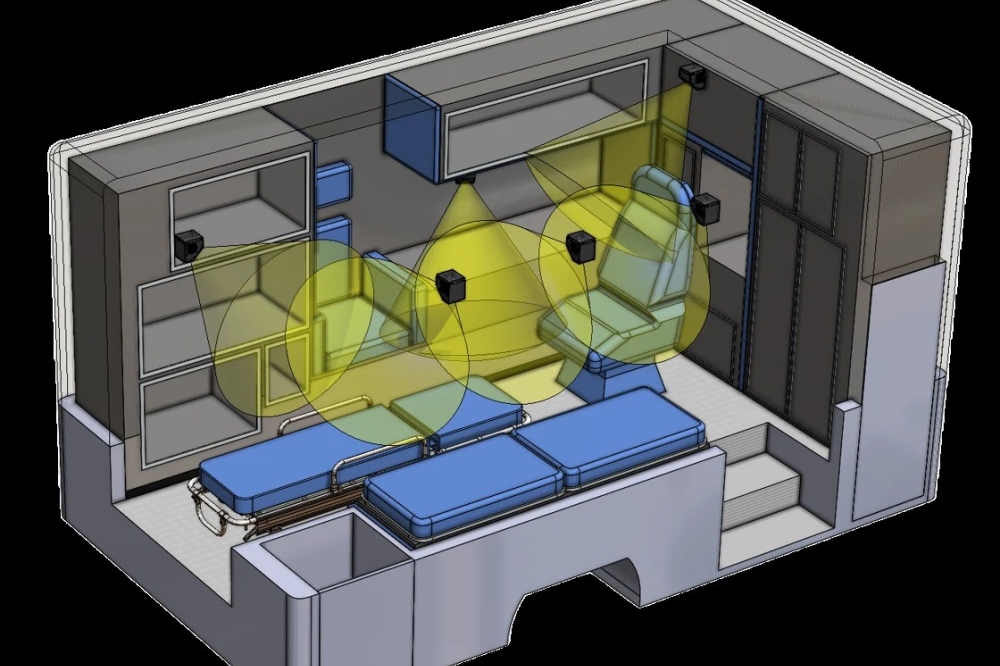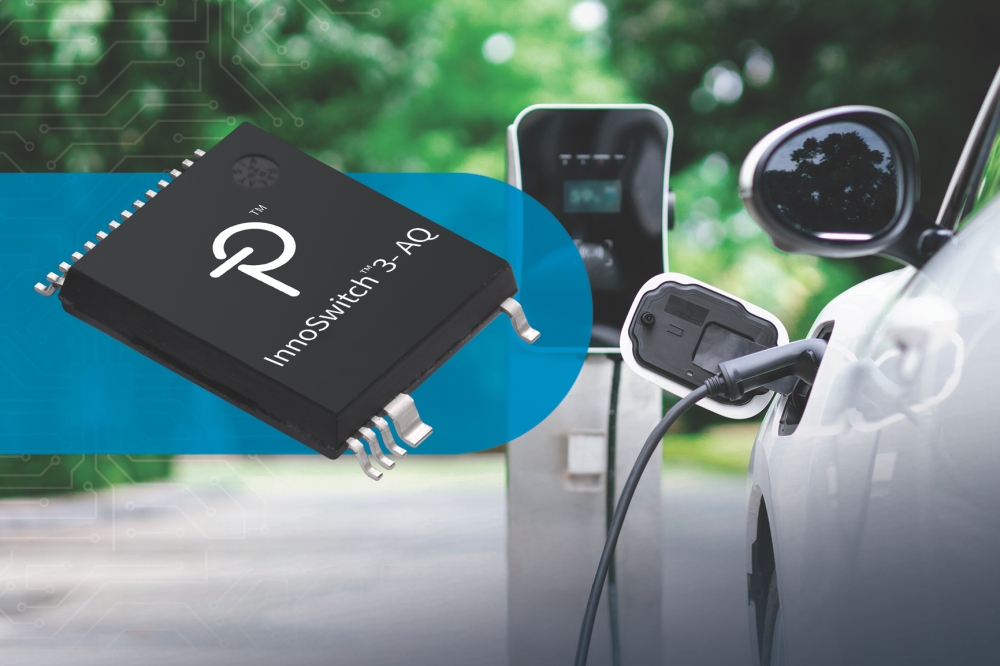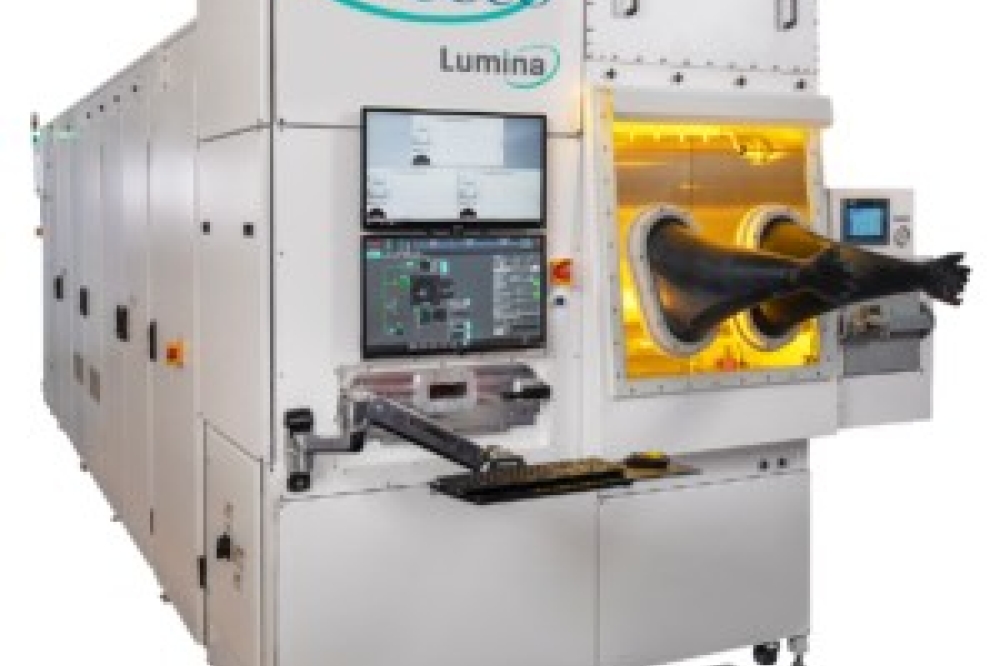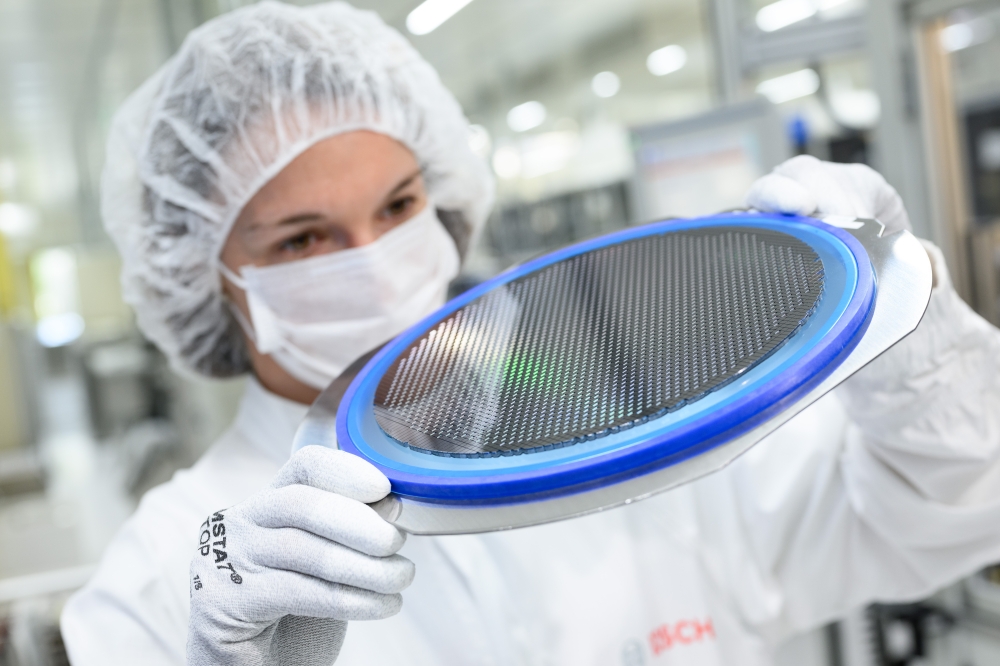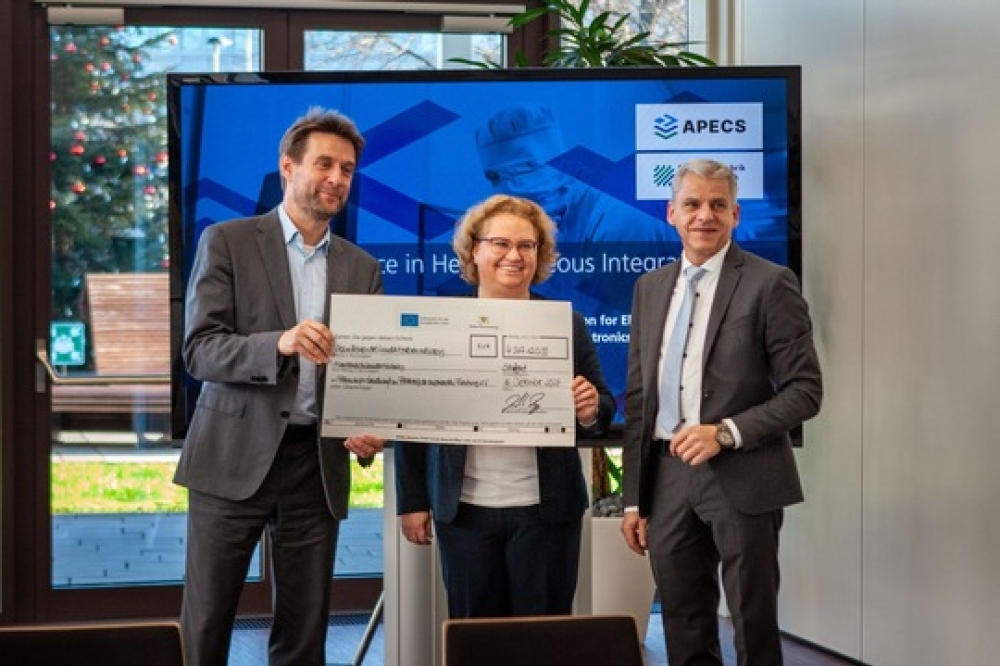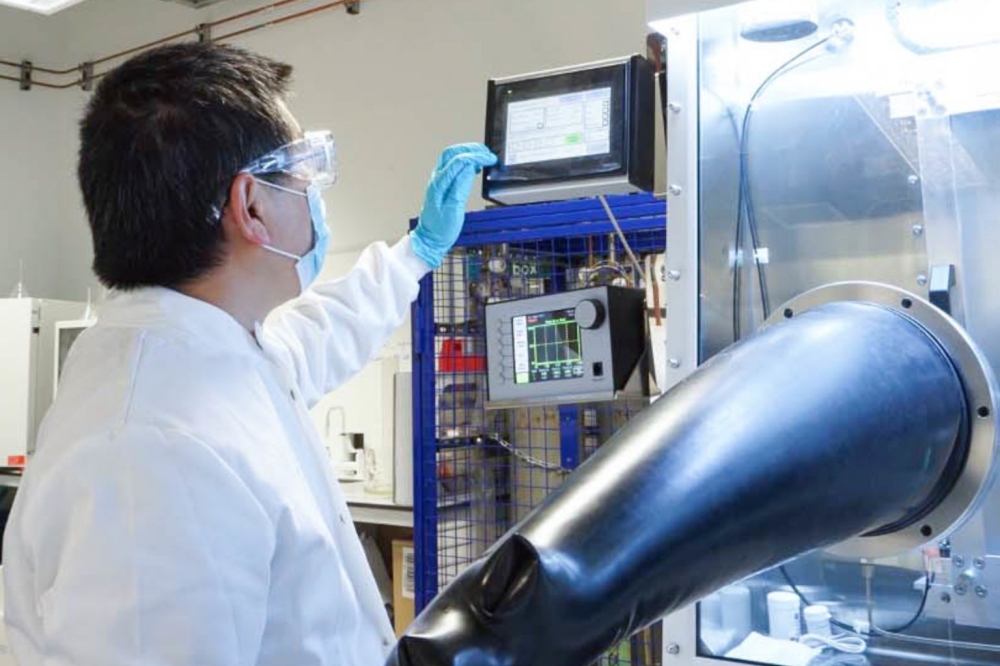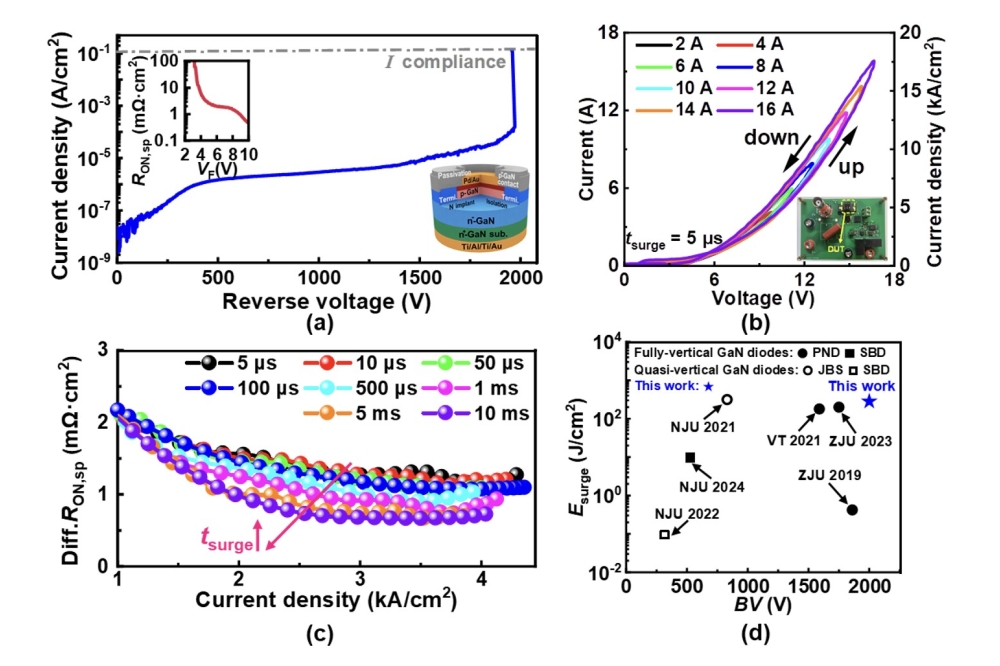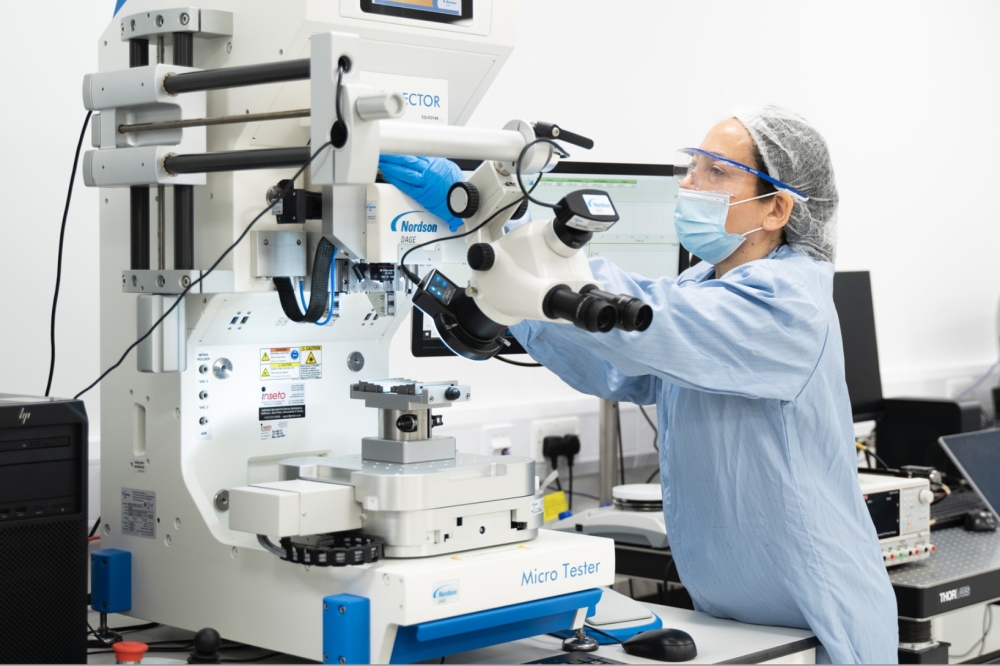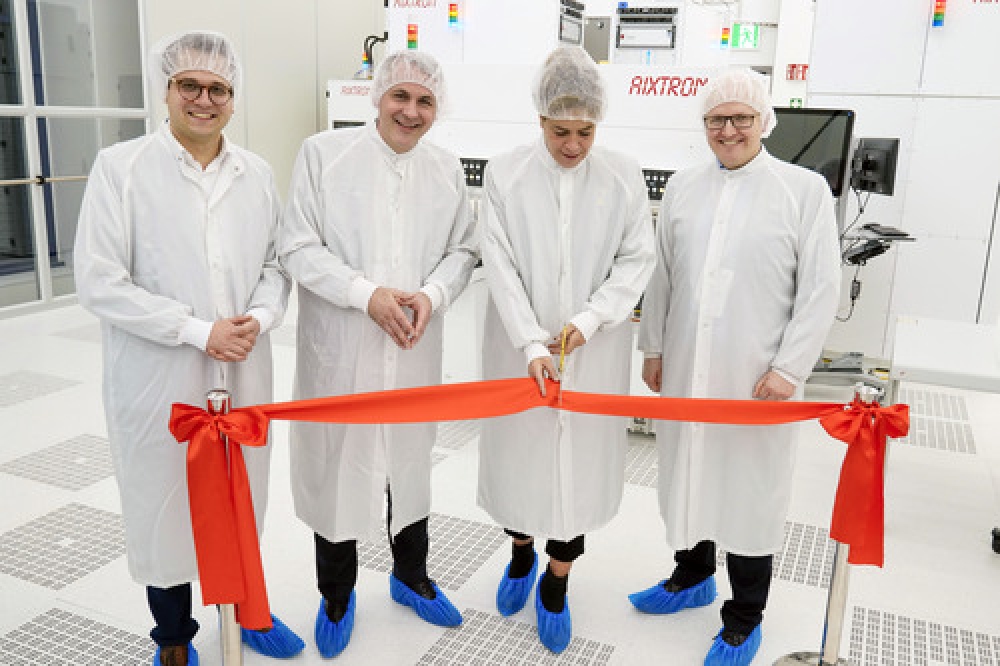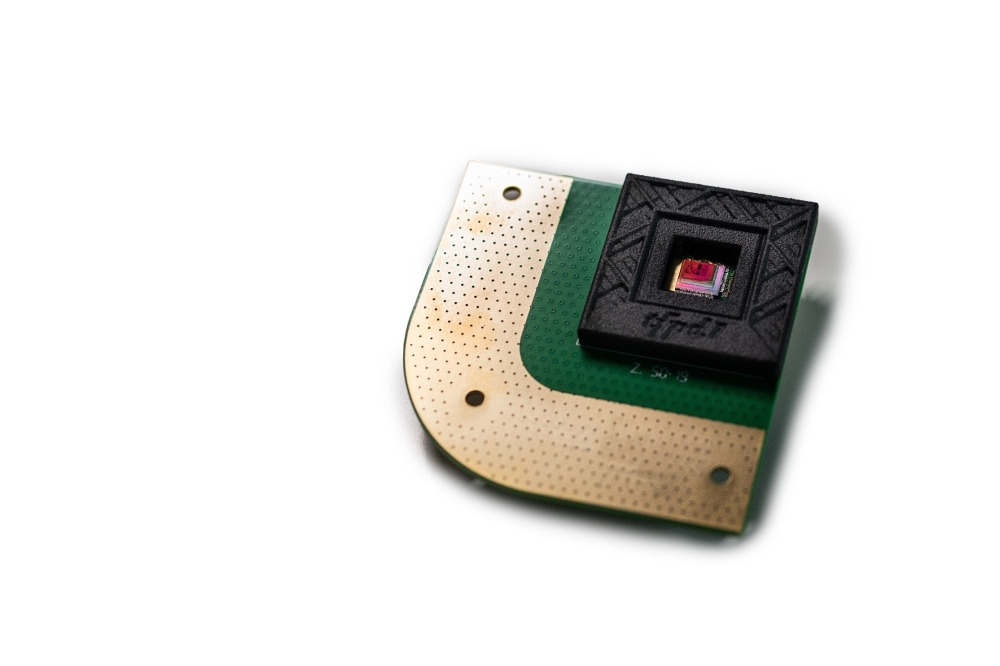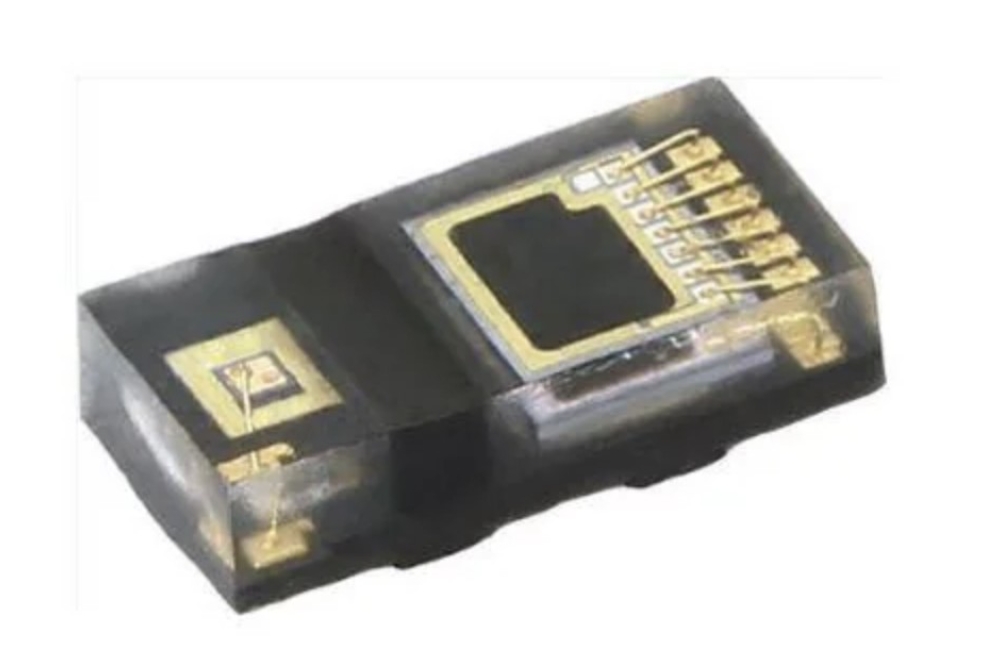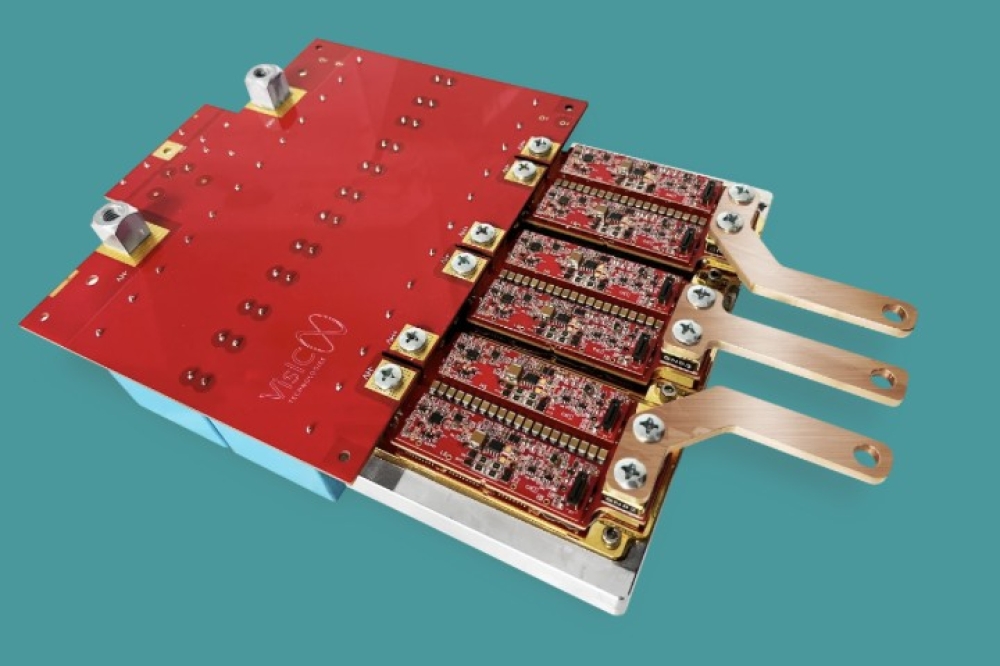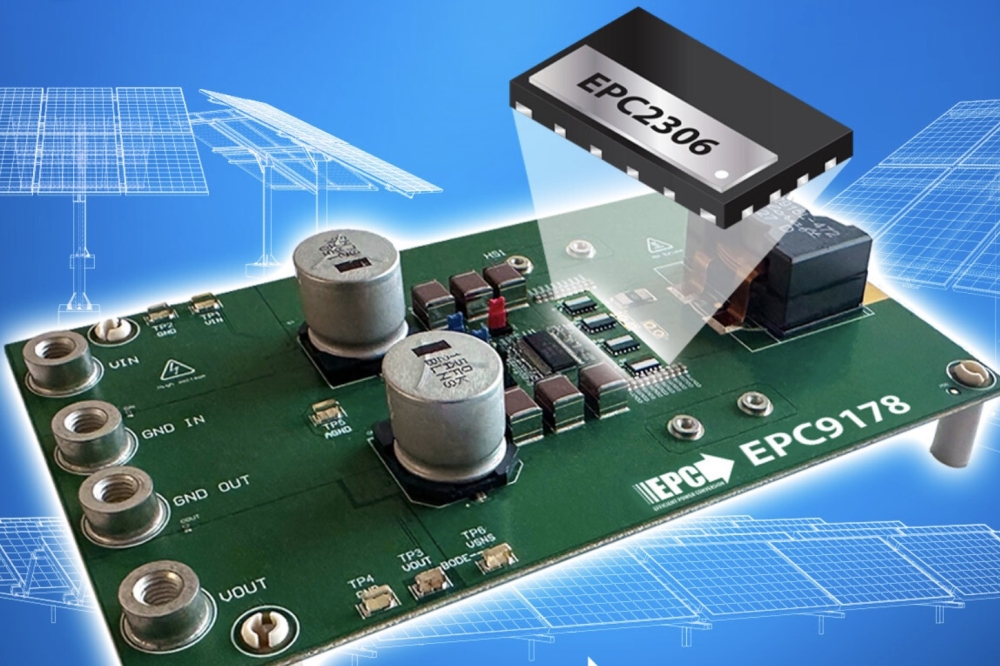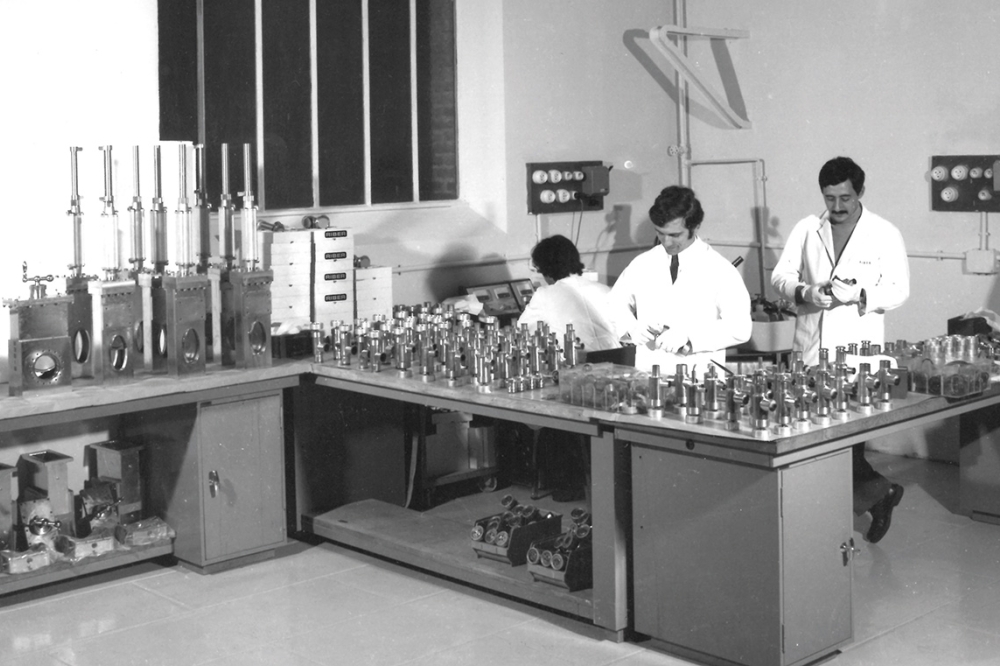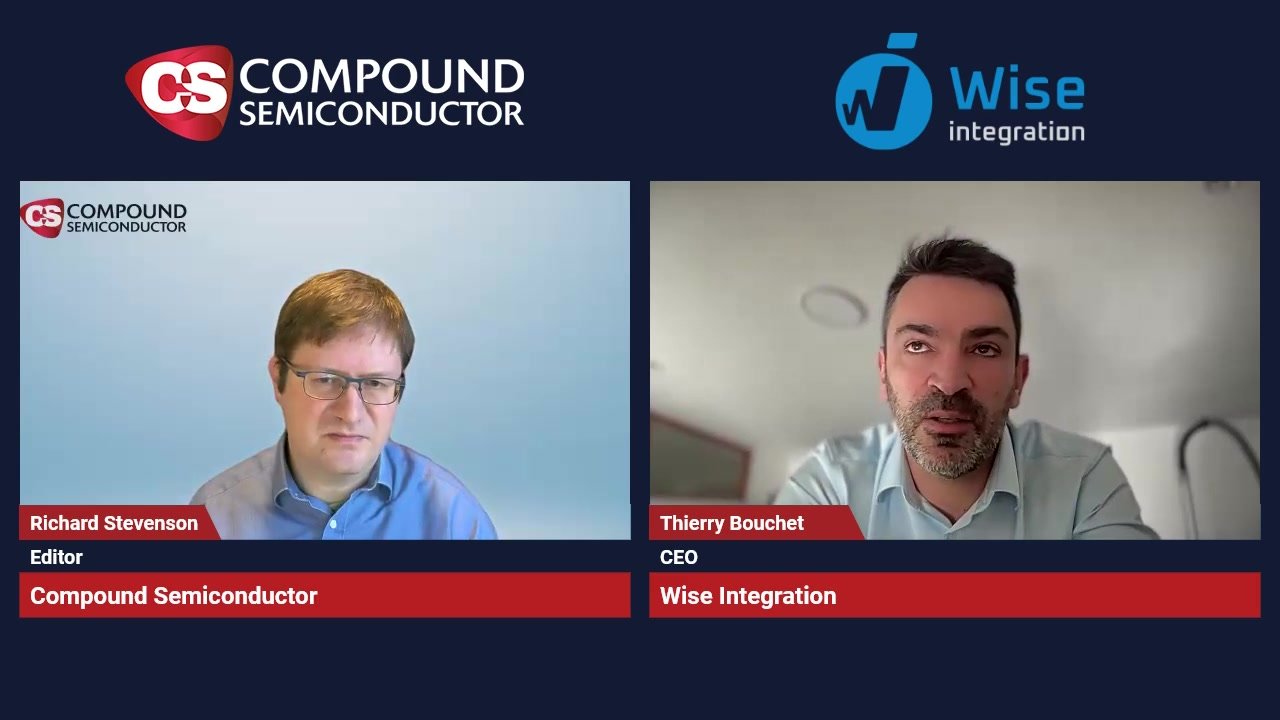News Article
Warsaw propels violet InGaN lasers to 2.5W
A Polish team’s violet indium gallium nitride laser is a good candidate for ultra-high optical power systems like laser projectors, thanks to its combination of high-power operation, good spectral characteristics and differential efficiency.
InGaN laser diode (LD) mini-arrays with unprecedented power levels have been grown by the two Polish companies TopGaN and Ammono, together with researchers from the Polish academy, Institute of High Pressure Physics Unipress.
The researchers, who are all based in Warsaw, believe that their devices are good candidates for ultra-high optical power systems like laser projectors, because in addition to high-power operation, these sources have good spectral characteristics and a high differential efficiency.

The team fabricated mini-arrays consisting of 3 or 5 emitters processed on to a single chip. The optimal performance was achieved for the 3 emitter array, which attained 2.5 W of optical power at 408-412 nm. The LDs were grown on low-dislocation density GaN substrates that were made by Ammono’s ammonothermal growth method.
Mini-arrays were employed to avoid the problem of catastrophic optical damage, which appears under high optical power density (around 50MW/cm2). Indeed, the optical power density per facet was limited to only about 25 MW/cm2 at the maximum output power of 2.5 W.
Threshold current density was 5 kA/cm2 for all the mini-arrays. The slope efficiency for the devices varied between 0.76A/W for the three-stripe device, and 0.47W/A for the five-stripe device. The emission line-width for the single emitter device was just 0.25nm.
Further details of this work are published in the paper, “InGaN Laser Diode Mini-Arrays” by P. Perlin et al in Appl. Phys. Express 4 (2011) 062103. DOI: 10.1143/APEX.4.062103.

